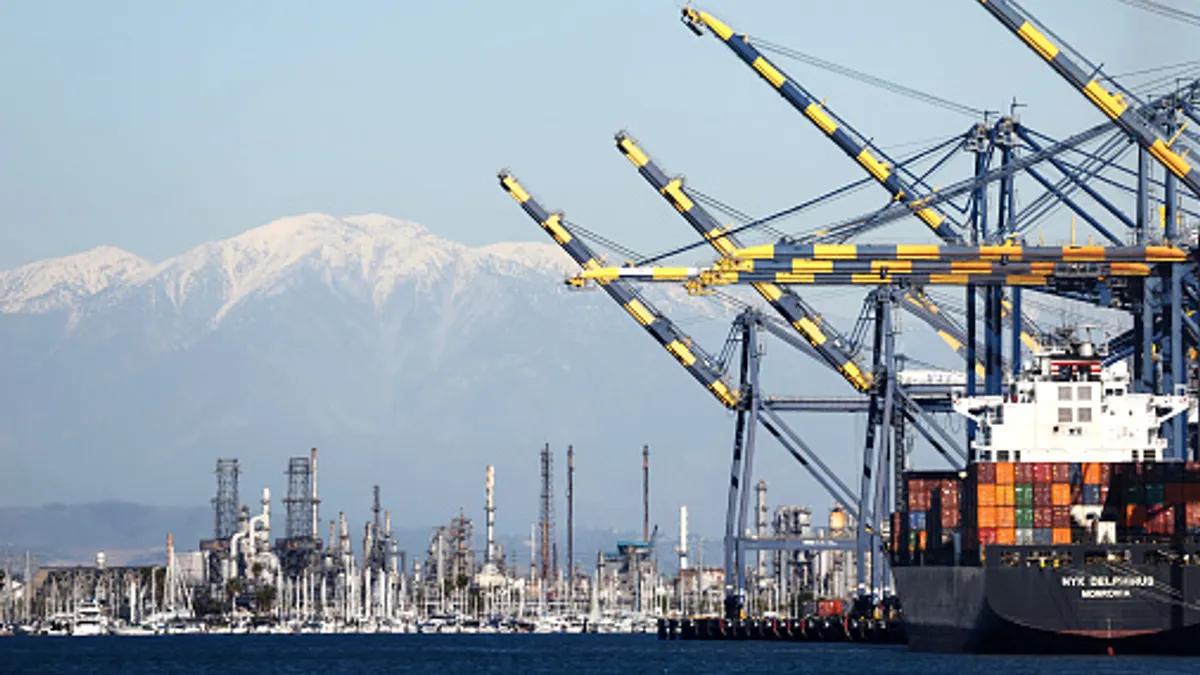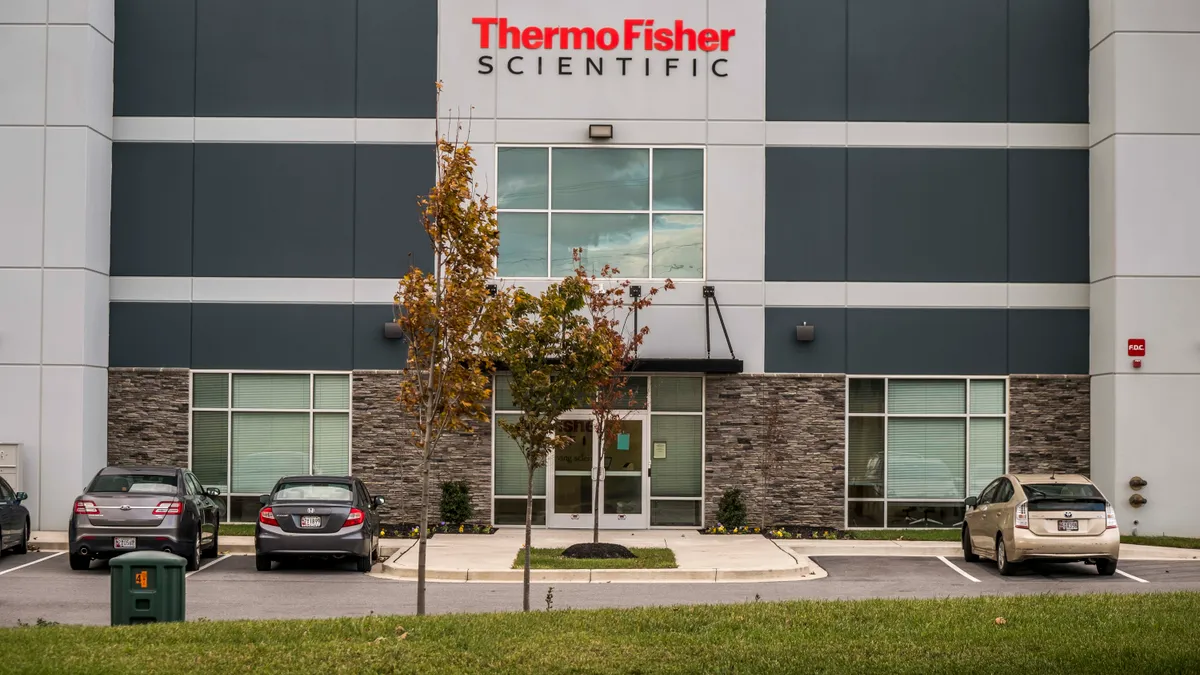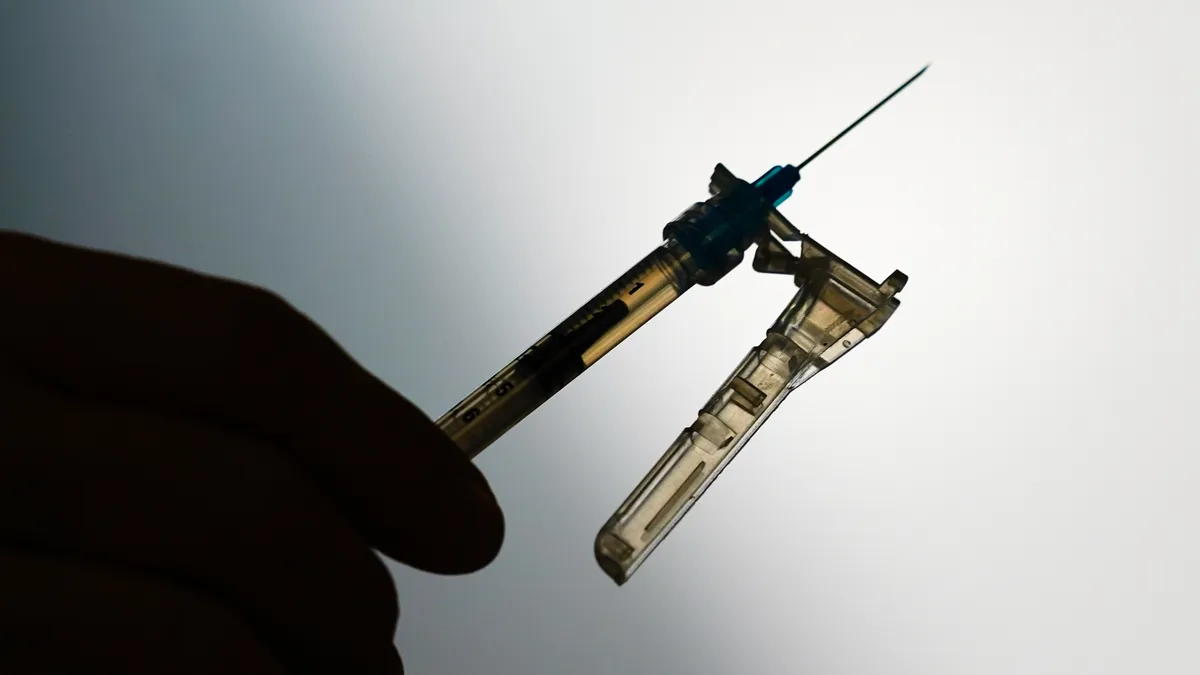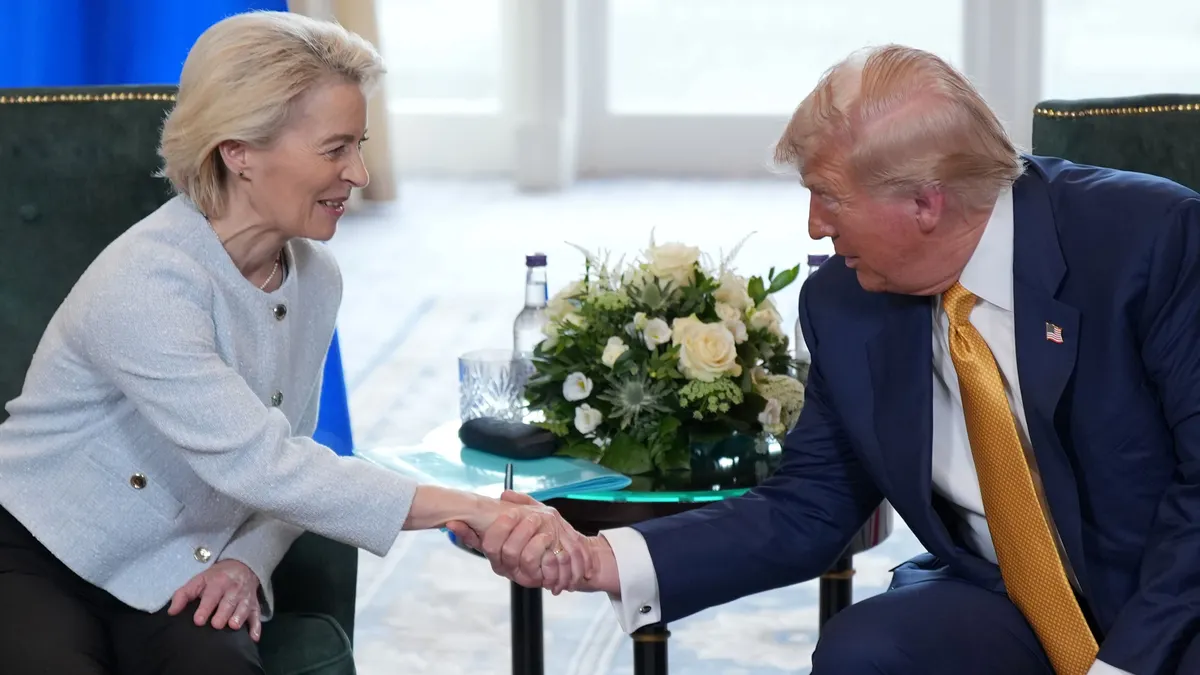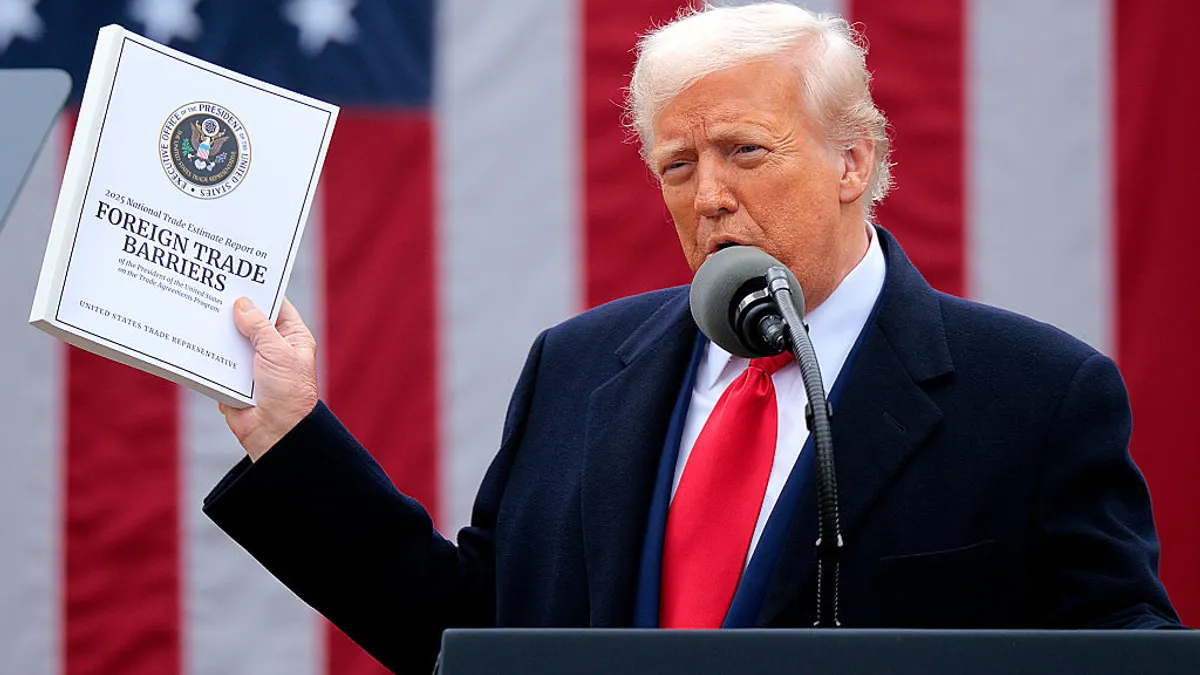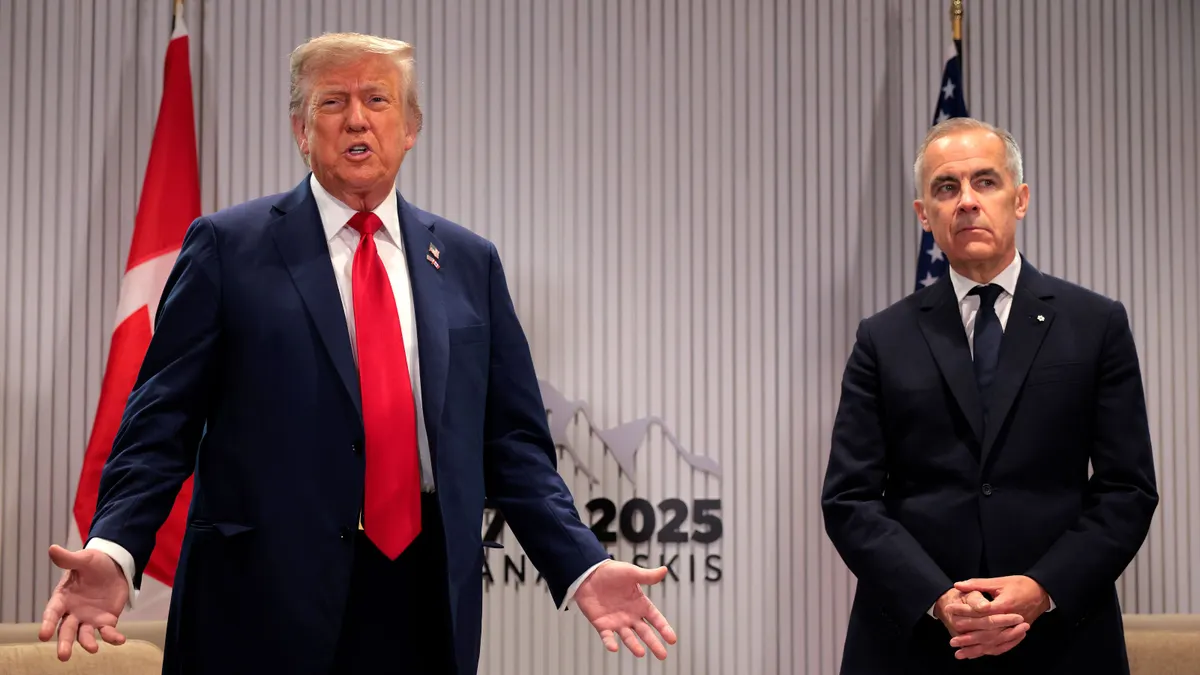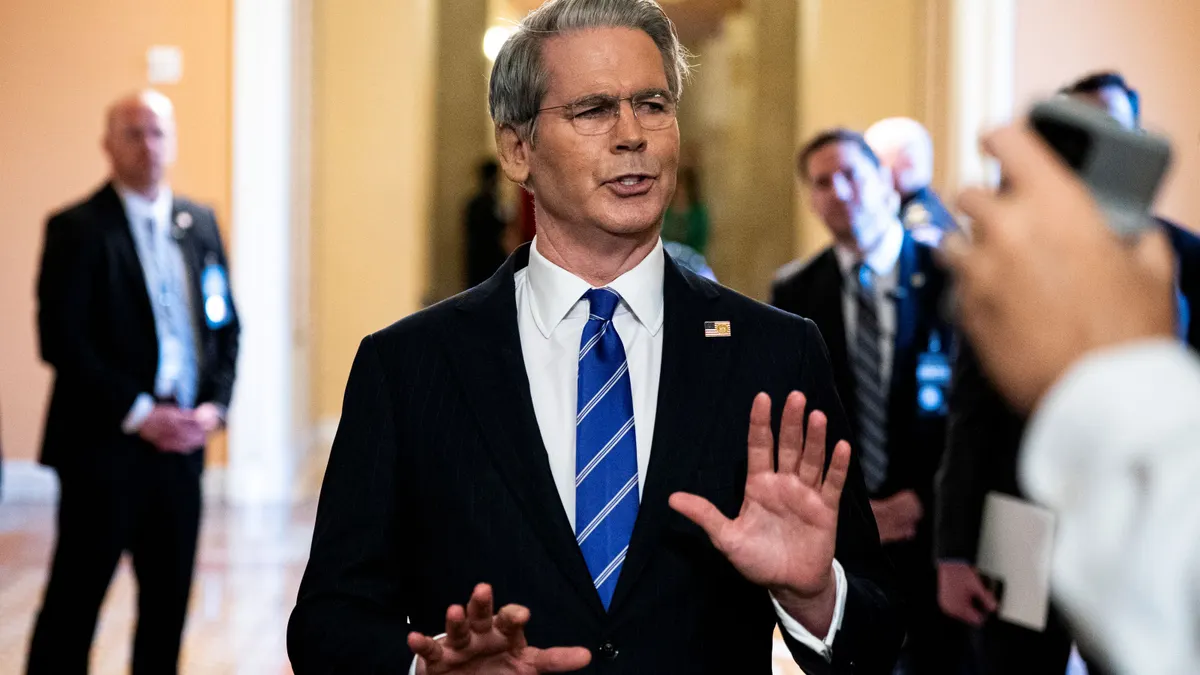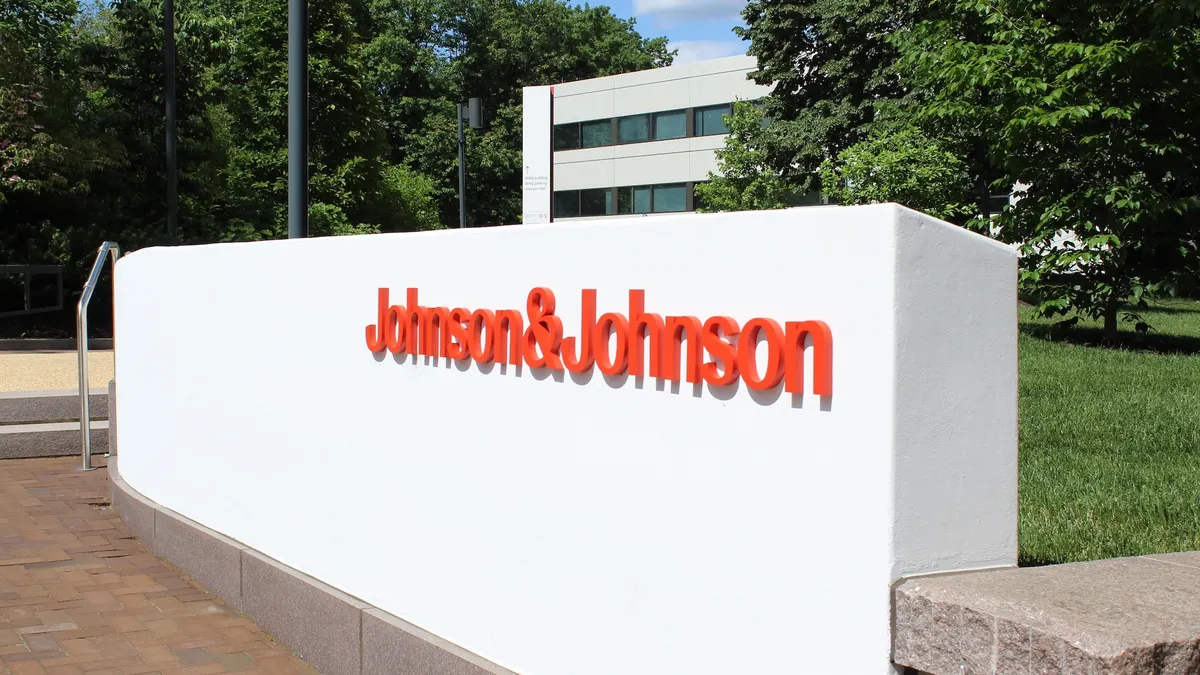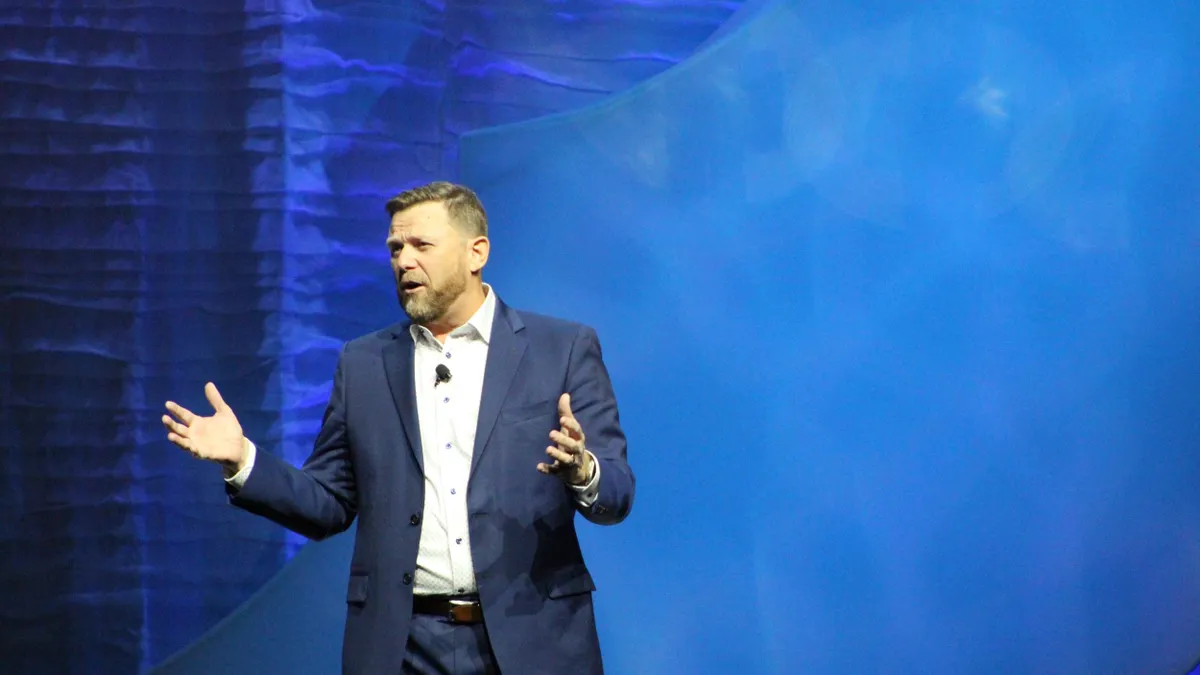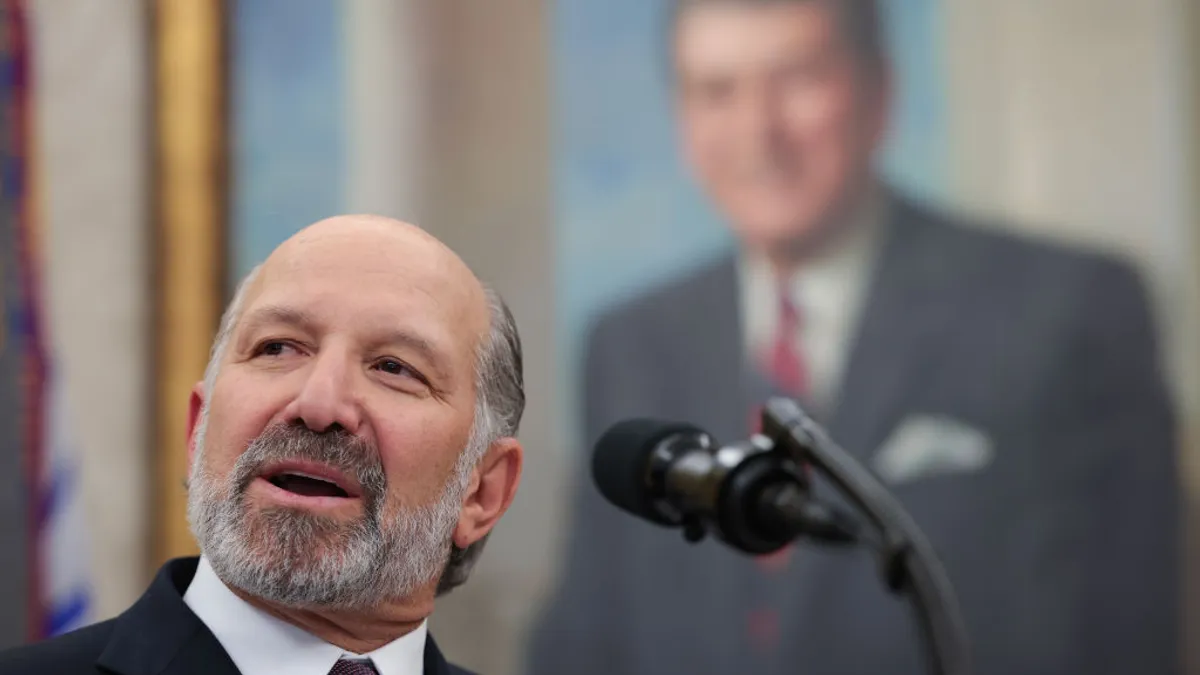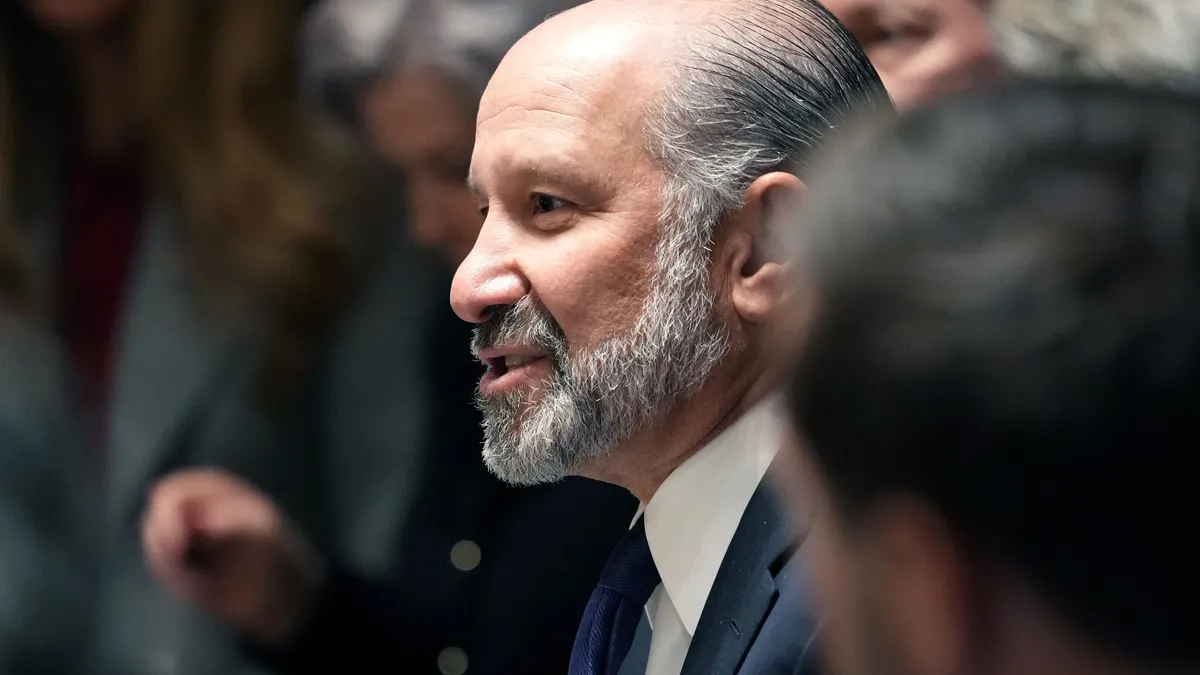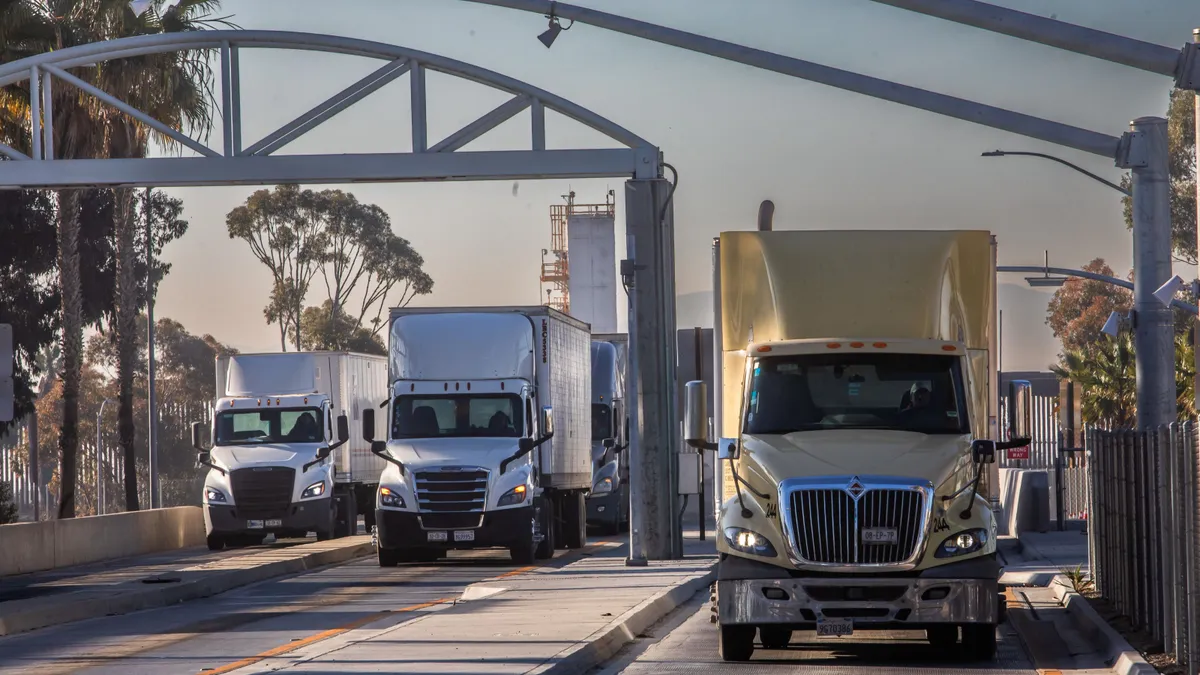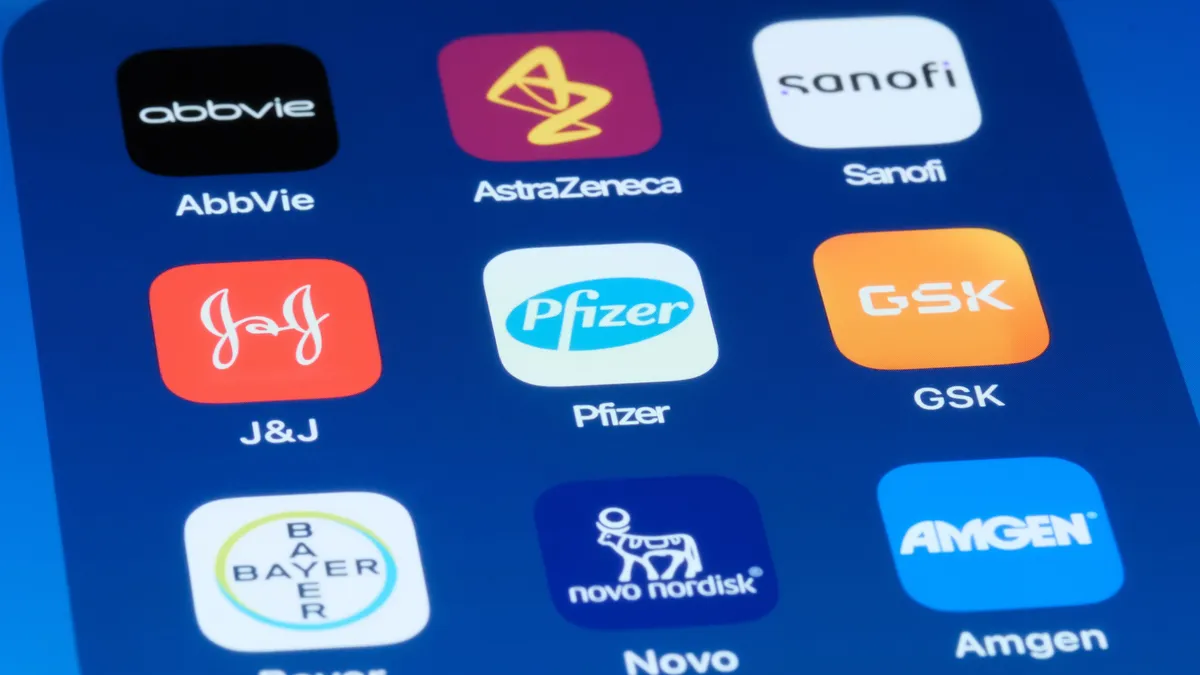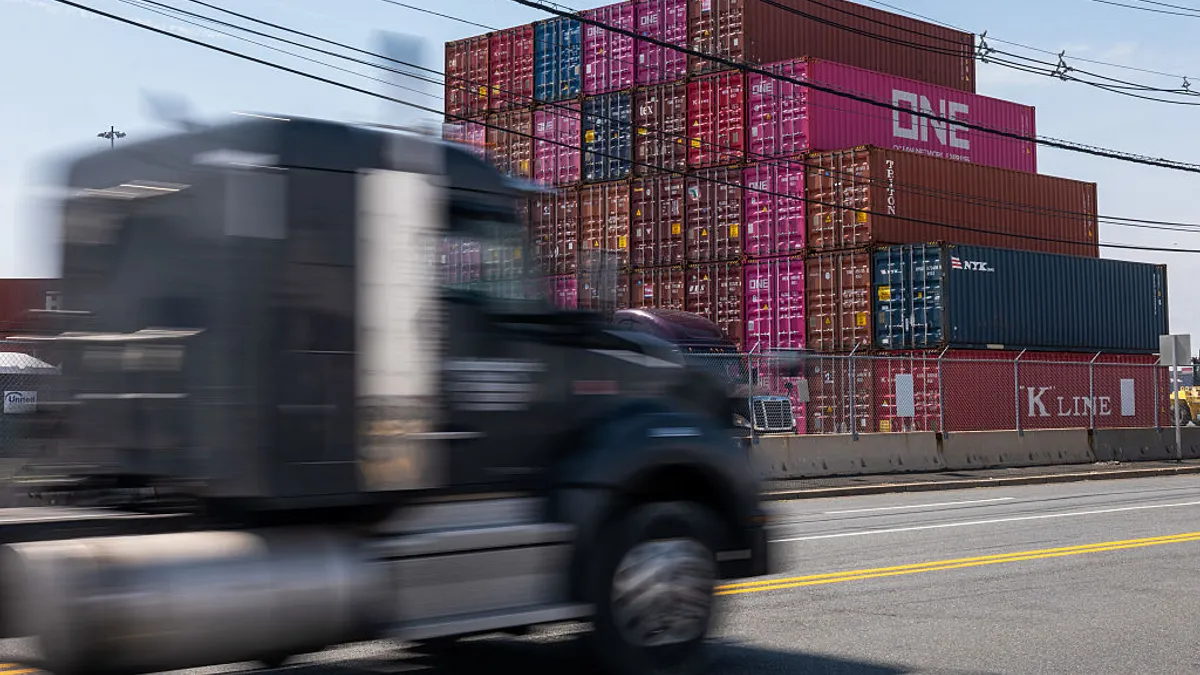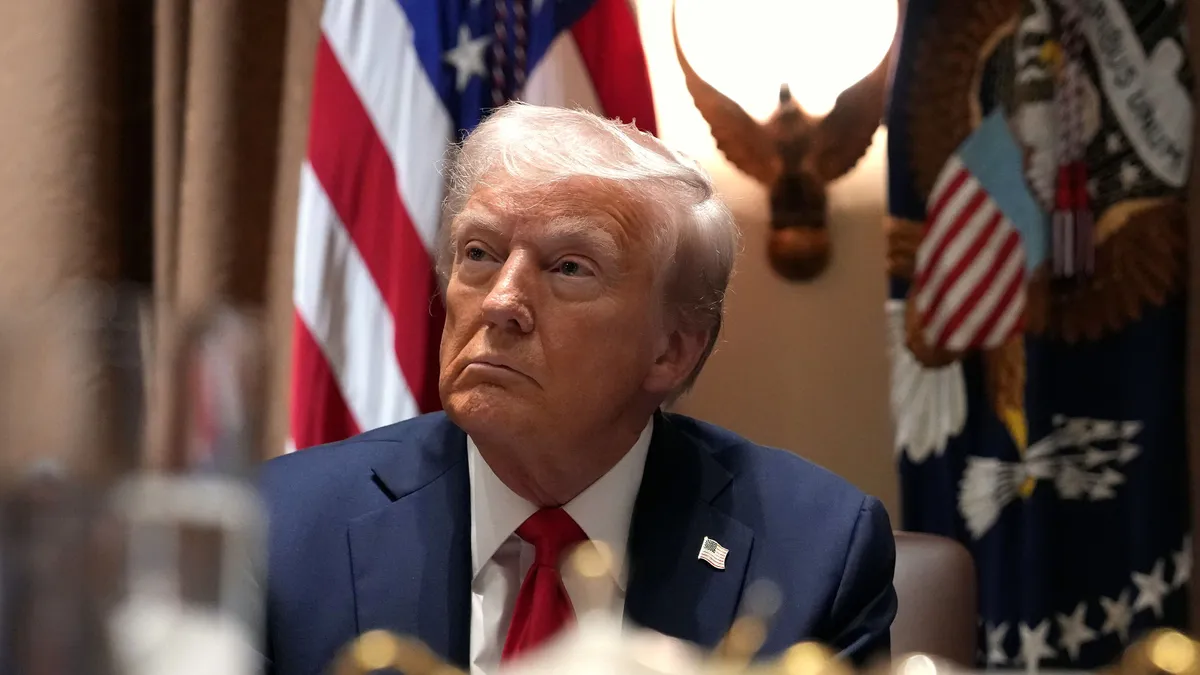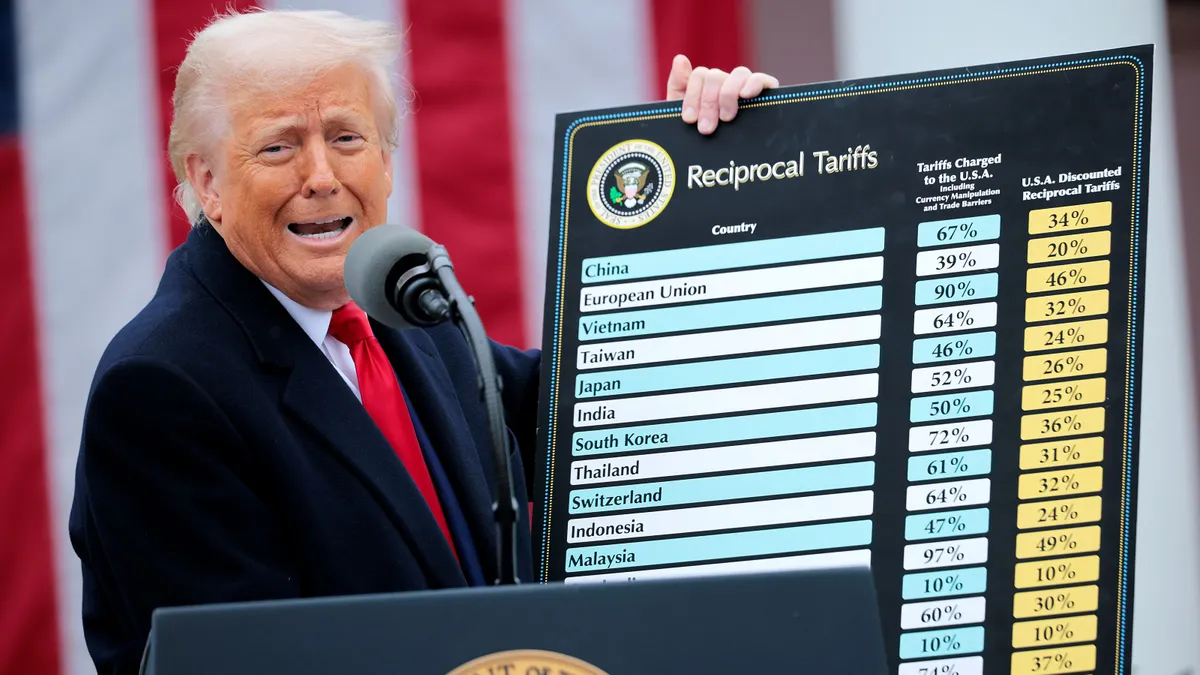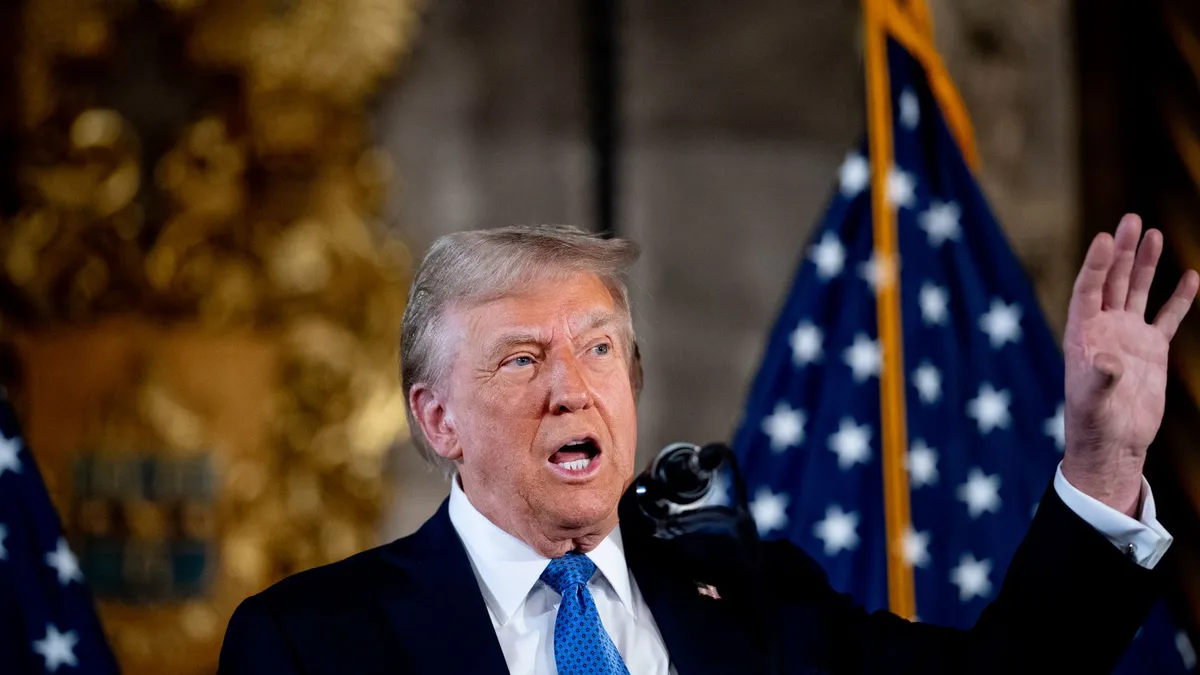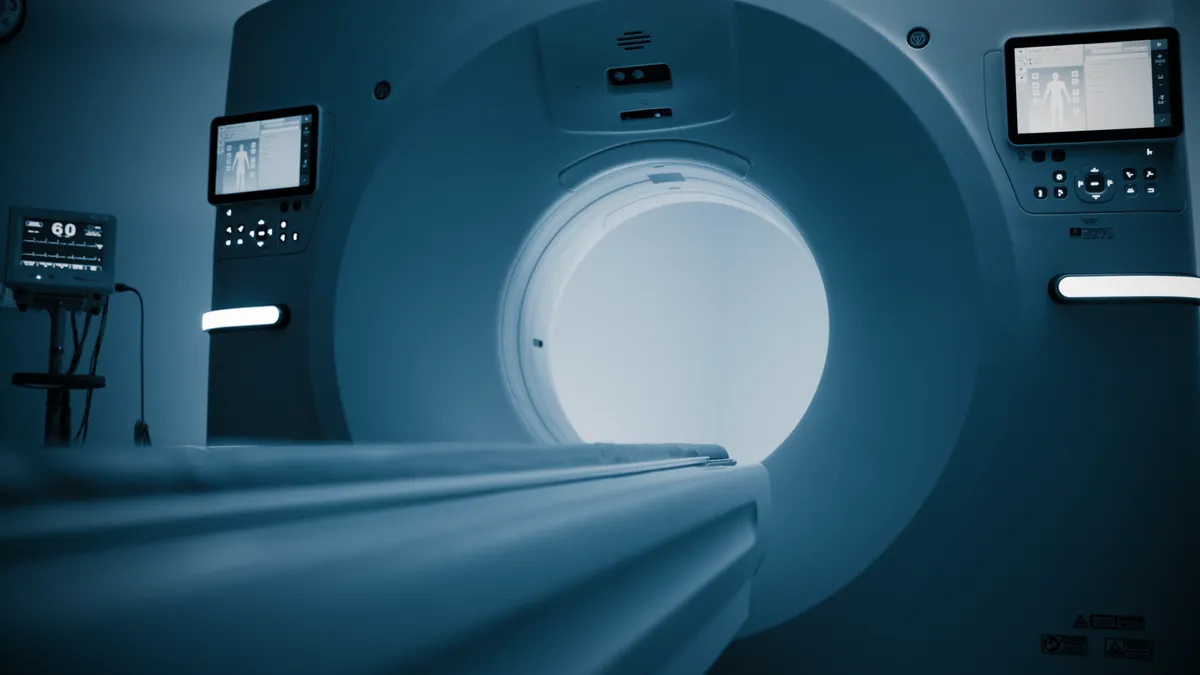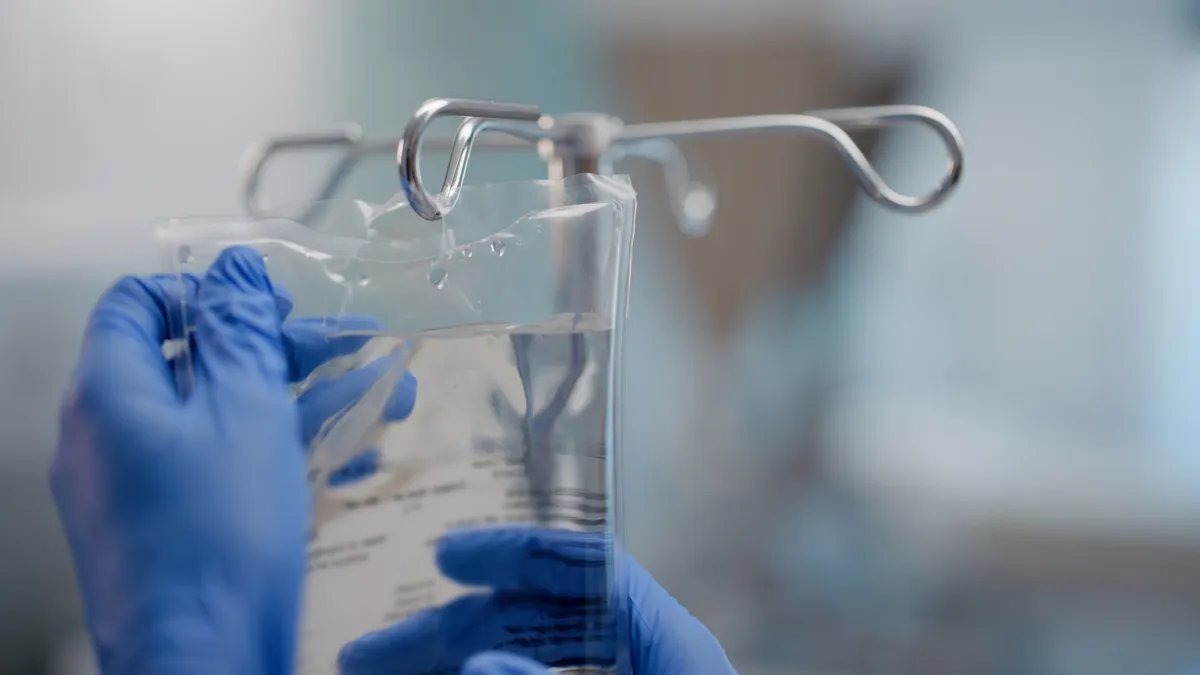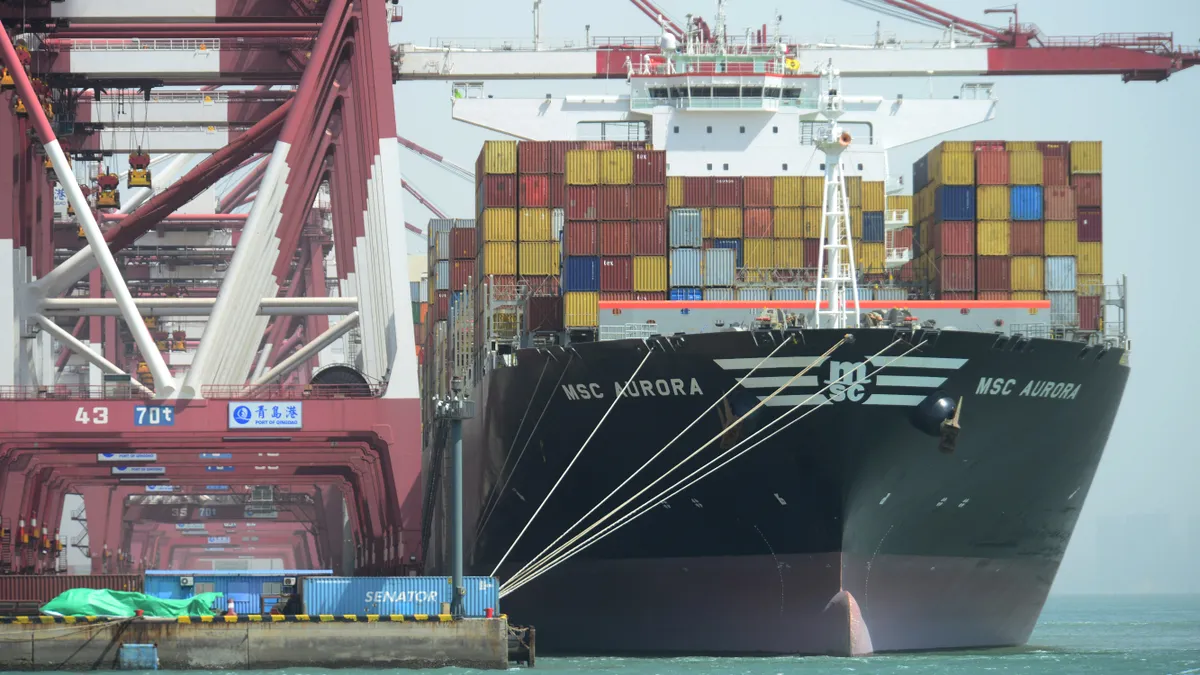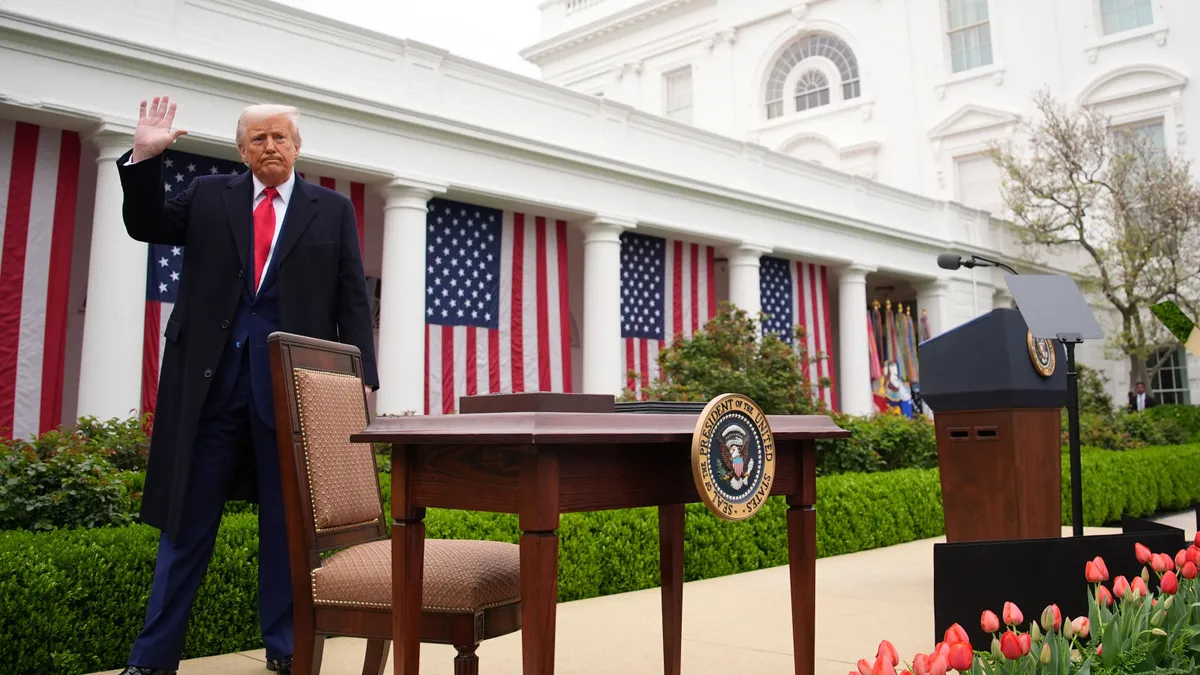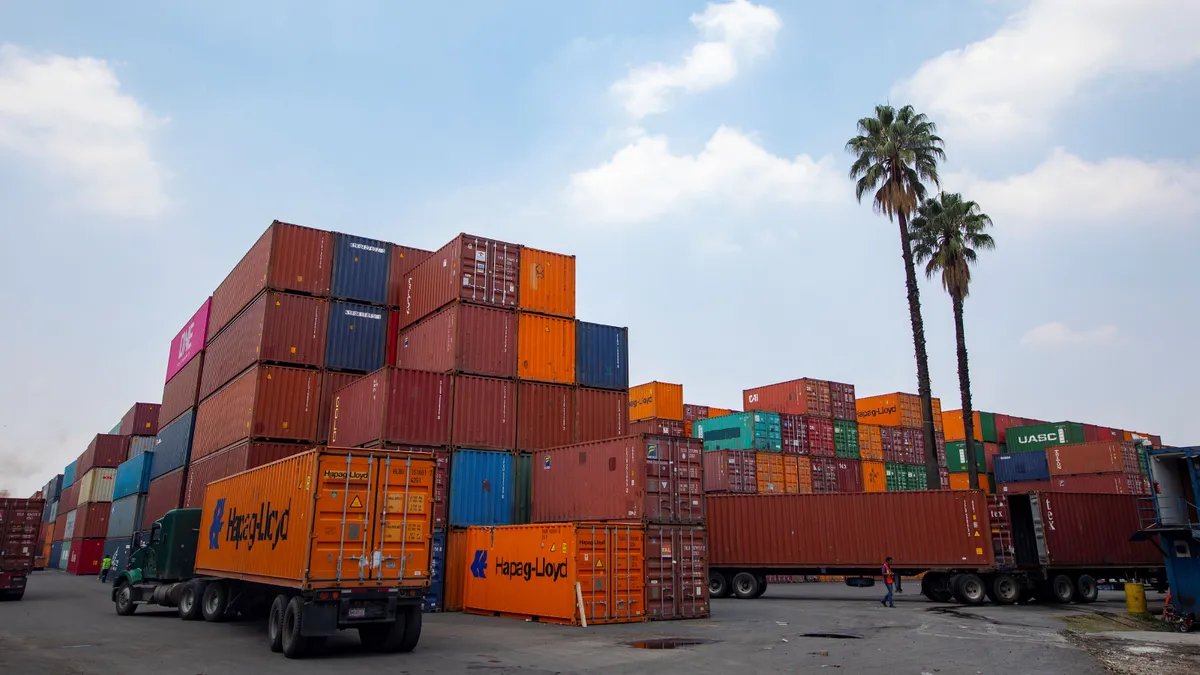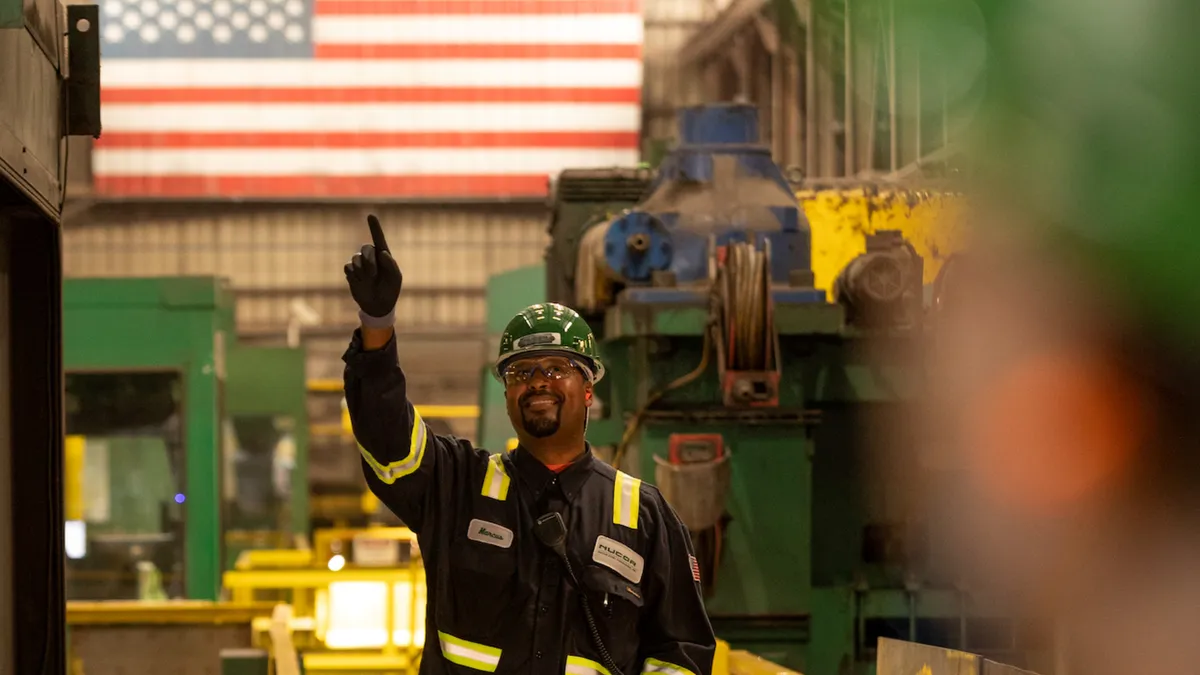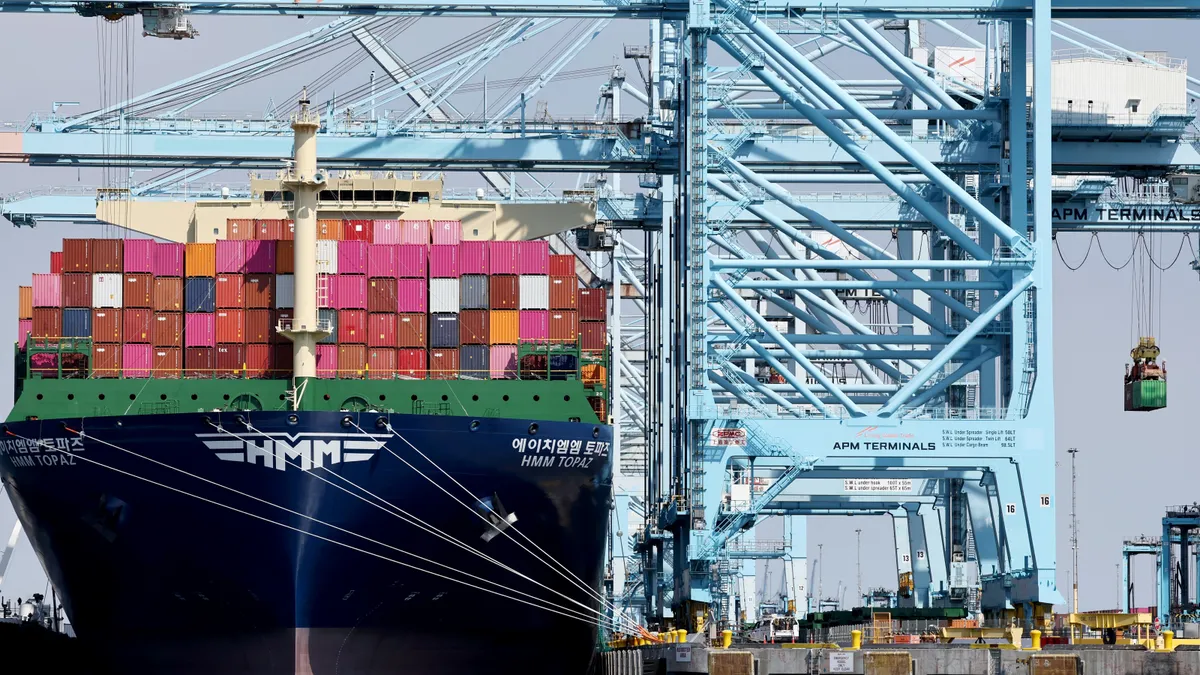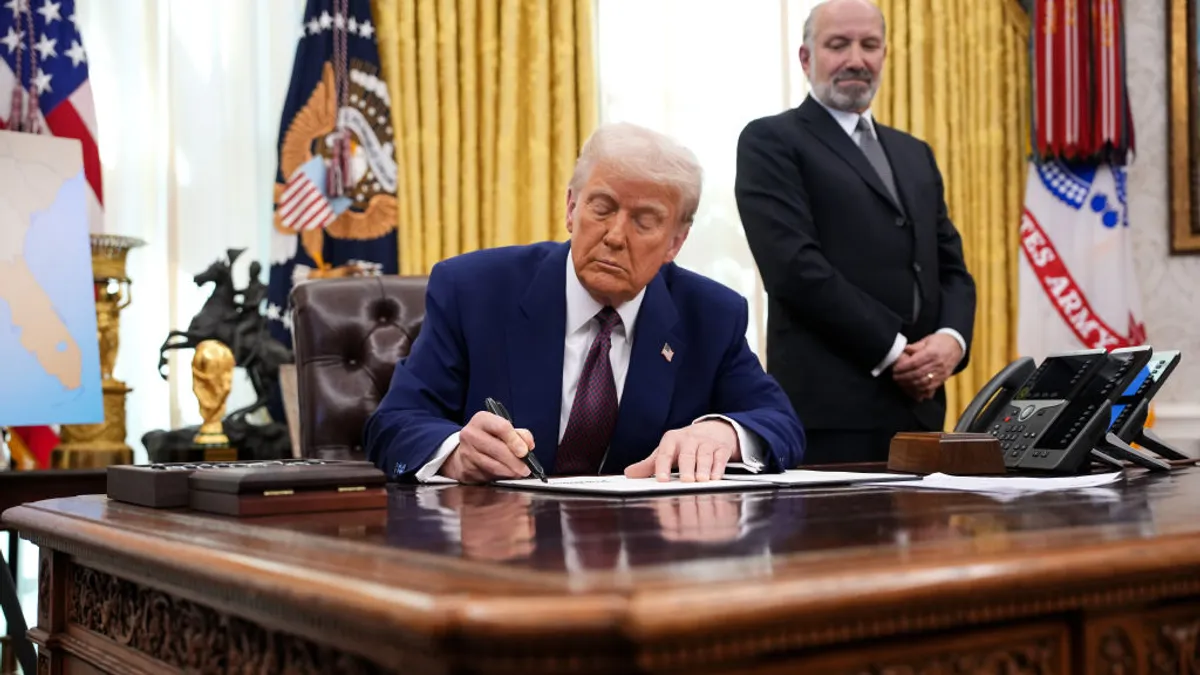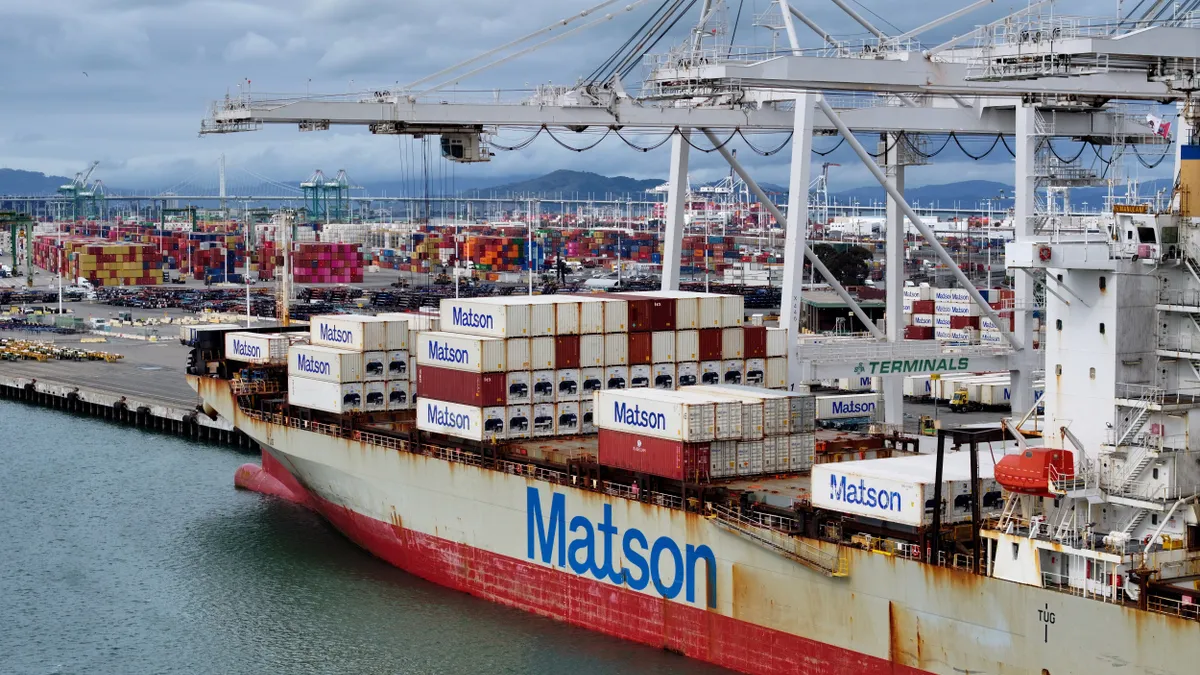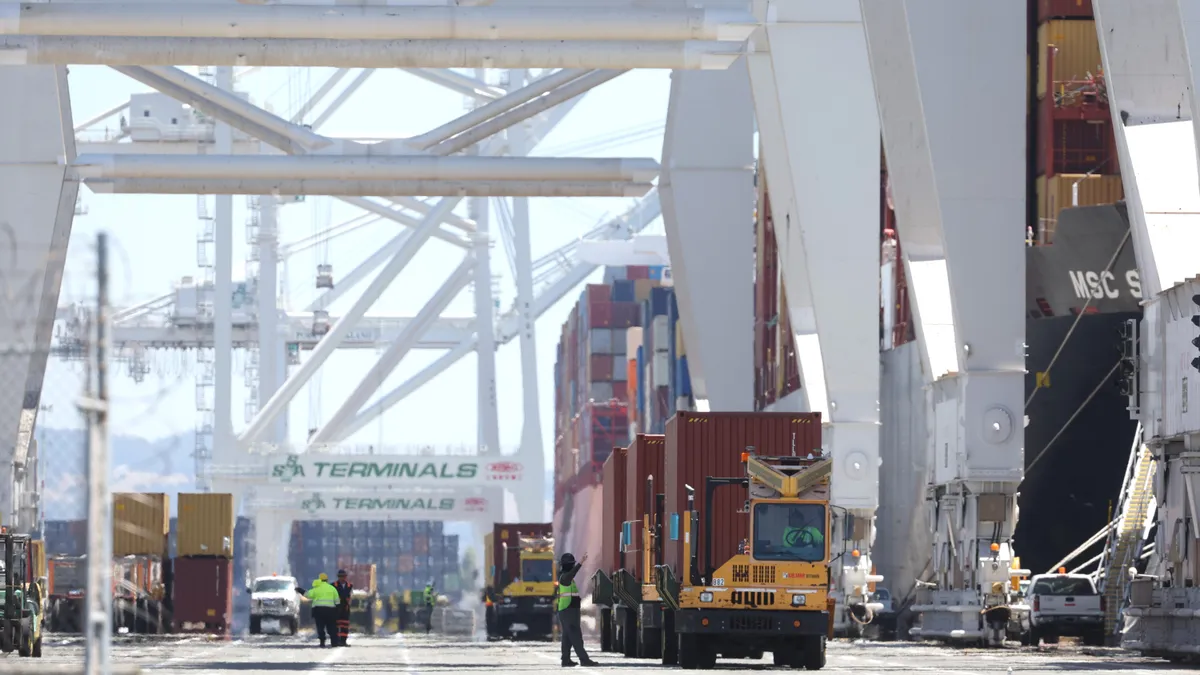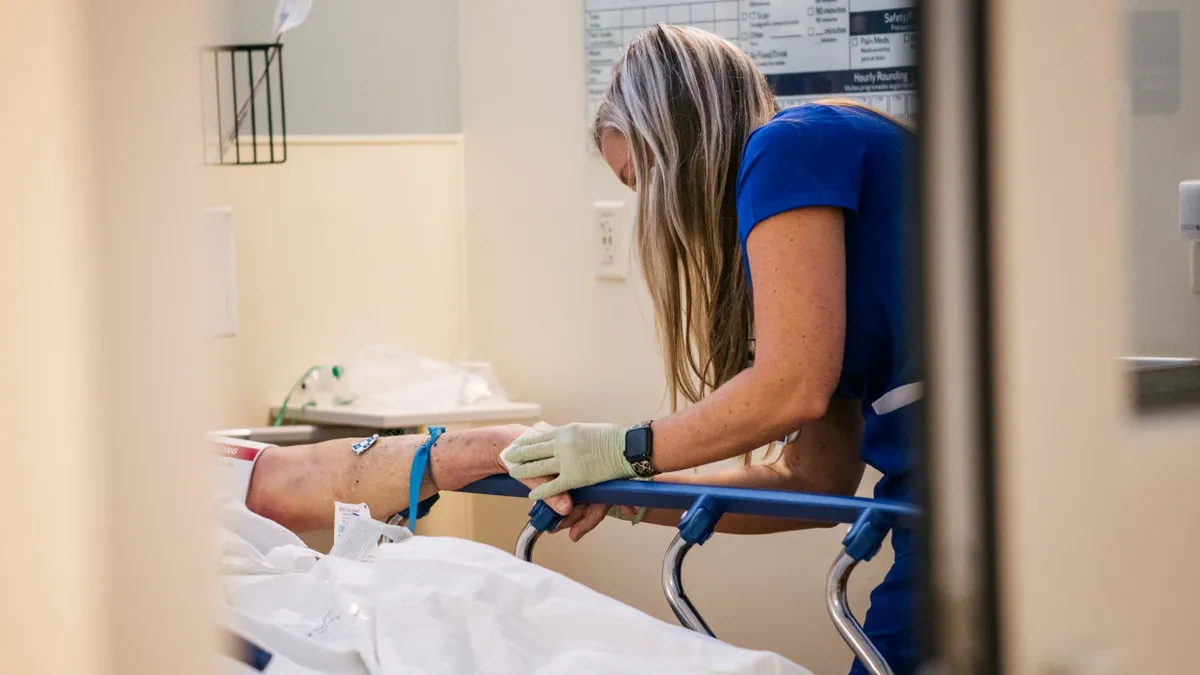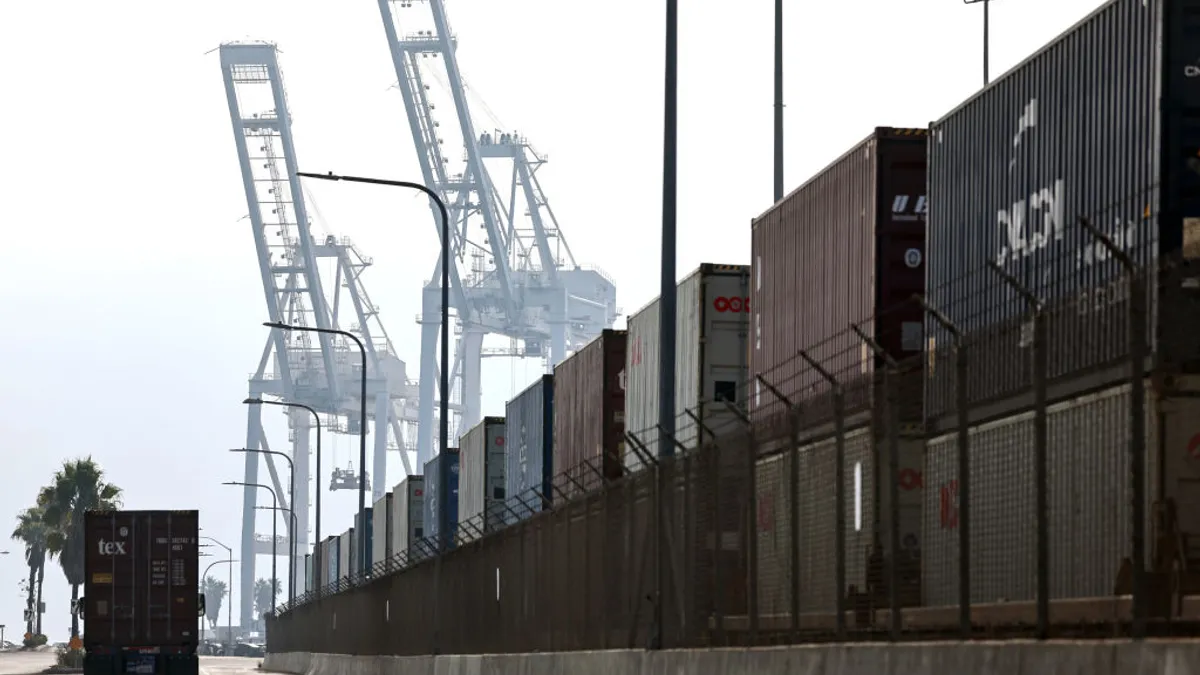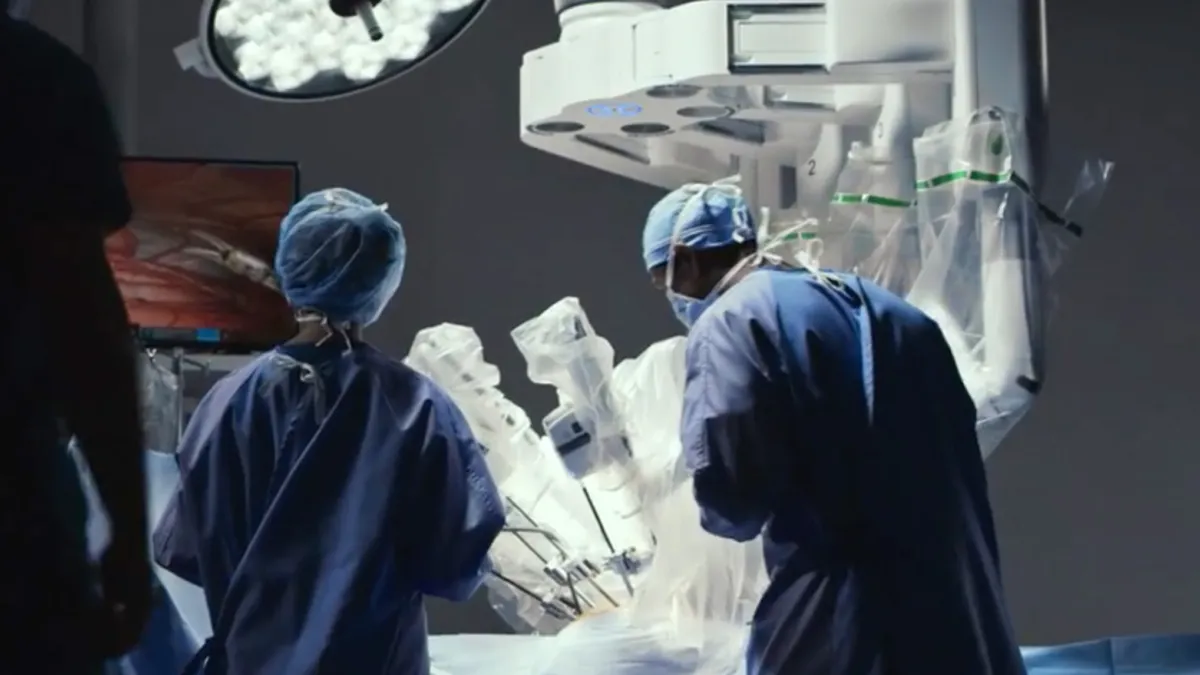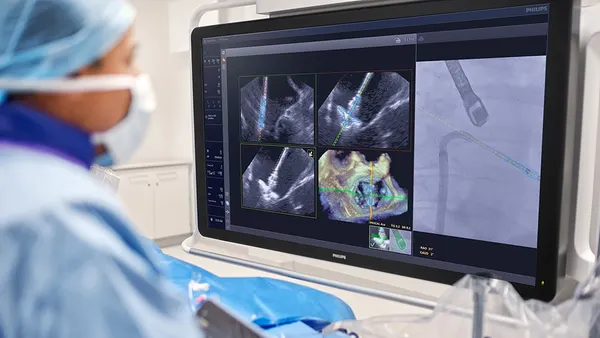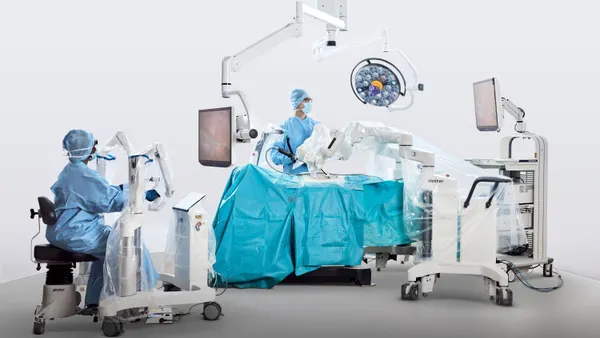Medical device makers are leaning on their global manufacturing footprints to shift production and inventory as they navigate fluid tariff policies.
Large medtech manufacturers are mostly avoiding potentially costly strategies such as reducing sales staff or investments in research and development, analysts said in interviews with MedTech Dive. Price increases are a last resort. Rather, companies are focused on managing discretionary expenses and exemptions.
“They are not taking away from their sales team, advertising or R&D,” said Rebekuh Eley, healthcare analyst at tax and consulting firm RSM. “They’re moving ahead with that. It’s more on the operational side.”
Intuitive Surgical, for example, manufactures about 80% of its surgical instruments and accessories in Mexico. However, most of the products are certified under the U.S.-Mexico-Canada Agreement and therefore exempt from current import tariffs, CFO Jamie Samath said in an April earnings call.
Intuitive reduced its 2025 profit margin forecast due to tariff pressures. Nevertheless, Samath said the company is pushing ahead with manufacturing expansion plans, including increasing instrument production in Mexico, to support its growth in the medium term.
The surgical robot maker recently opened two manufacturing facilities in California that will also house R&D teams, along with a factory in Georgia. New plants are planned in Germany and Bulgaria.
Intuitive, said outgoing CEO Gary Guthart, will “optimize our production costs and rebalance product flows within our existing manufacturing and supply chain footprint as policies begin to stabilize.”
Other device makers, such as Boston Scientific and Abbott, said they are expanding U.S. manufacturing to support long-term growth while taking more immediate actions to mitigate tariff exposure. Boston Scientific recently opened a new site in Georgia and increased manufacturing investments in both Minnesota and Malaysia, said CEO Mike Mahoney. The company expects to absorb a $200 million hit this year from tariffs.
Abbott, which anticipates a tariff impact of “a few hundred million dollars” in 2025, is investing in manufacturing and R&D in Illinois and Texas to expand its transfusion business that makes devices to screen blood donations, according to CEO Robert Ford.
Meanwhile, Siemens Healthineers last week unveiled $150 million in new projects to expand production in the U.S., including relocating manufacturing operations for its Varian business to California from Mexico. And Roche Diagnostics this month announced a $550 million expansion in Indianapolis to produce continuous glucose monitors.
Cardinal Health was one company that announced layoffs as a mitigation strategy for a tariff hit of up to $300 million.
While some firms will be less pressured by tariffs than others, top medtech companies together project a financial impact from tariffs totaling more than $2 billion, based on the current 10% general tariff rate and higher China-specific duties, according to a recent analysis by PitchBook. The report cited research that found more than $60 billion worth of medical devices and components are manufactured overseas and imported into the U.S. annually.
For startups, tariffs are likely to raise input costs and extend time to profitability, with the surrounding uncertainty bringing even more challenges that could delay initial public offerings until broader market conditions stabilize, PitchBook said.
Easing tensions with China
Last week, the U.S. and China rolled back for 90 days a large portion of the steep tariffs each imposed on the other in recent months. Before that, many medtech companies said the effects of the U.S.-China trade war accounted for a significant part of the impact on their outlooks.
With the new pause, “the most pessimistic outcome seems to be off the table,” said PitchBook healthcare analyst Aaron DeGagne.
RSM’s Eley said medtech companies will look at passing costs on to customers only after they've exhausted all other measures.
“They're trying to do what they can do internally first, without raising prices, and then they will raise the prices,” she said.
On Wednesday, Medtronic’s new CFO, Thierry Piéton, said the company built its expectations on two potential scenarios. The low end of its projected tariff impact assumes current bilateral U.S. and China tariffs, in place during the pause, remain throughout its fiscal 2026, which began in late April. The high end assumes the higher rates resume after the pause. The company ultimately forecast a tariff charge in a range of $200 million to $350 million for the year.
In another development, Treasury Secretary Scott Bessent this week said the U.S. will reinstate other country-specific reciprocal tariffs first announced April 2 if deals are not reached during a 90-day pause.
As companies get a better handle on tariff-related costs, including whether customers grow more cautious about capital equipment purchases, some could revise initial financial guidance, PitchBook’s DeGagne said. Those that gave forecasts in wide ranges have more flexibility, he added, but “at some point, they need to provide a better number.”
Whether the 90-day pause on new tariffs with China is “an uncertainty-clearing event” is far from clear, Morgan Stanley analysts said in a report Sunday.
“Trade tensions are likely to remain elevated,” the analysts wrote. “The administration is still investigating tariffs on pharmaceuticals, semiconductors, and copper, among other products. It is also unclear if the template of negotiations between the US and China can work for other regions, especially Europe.”

